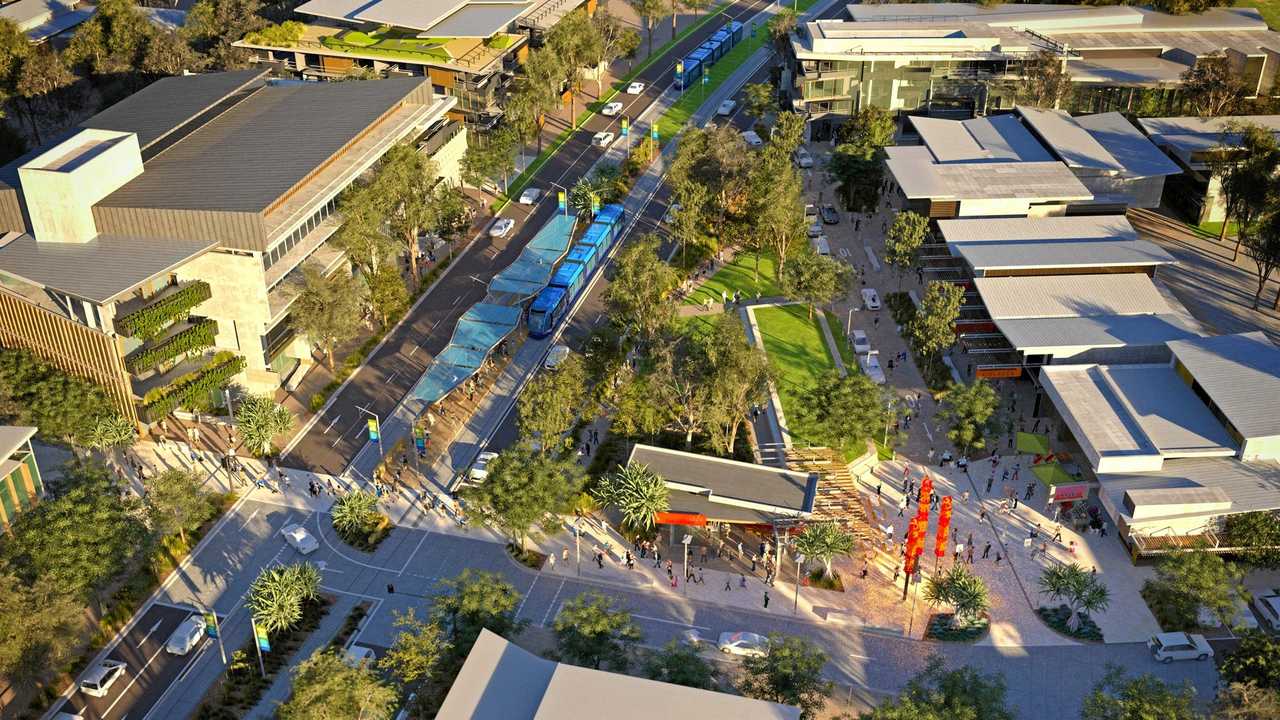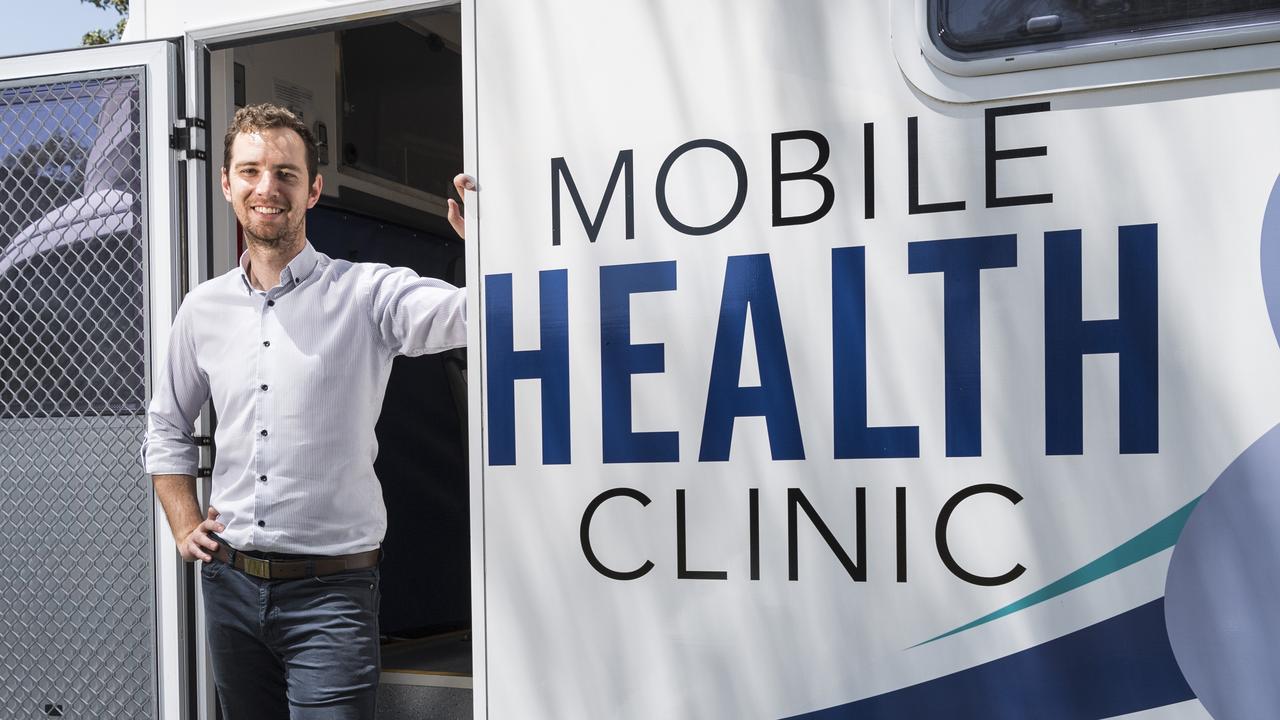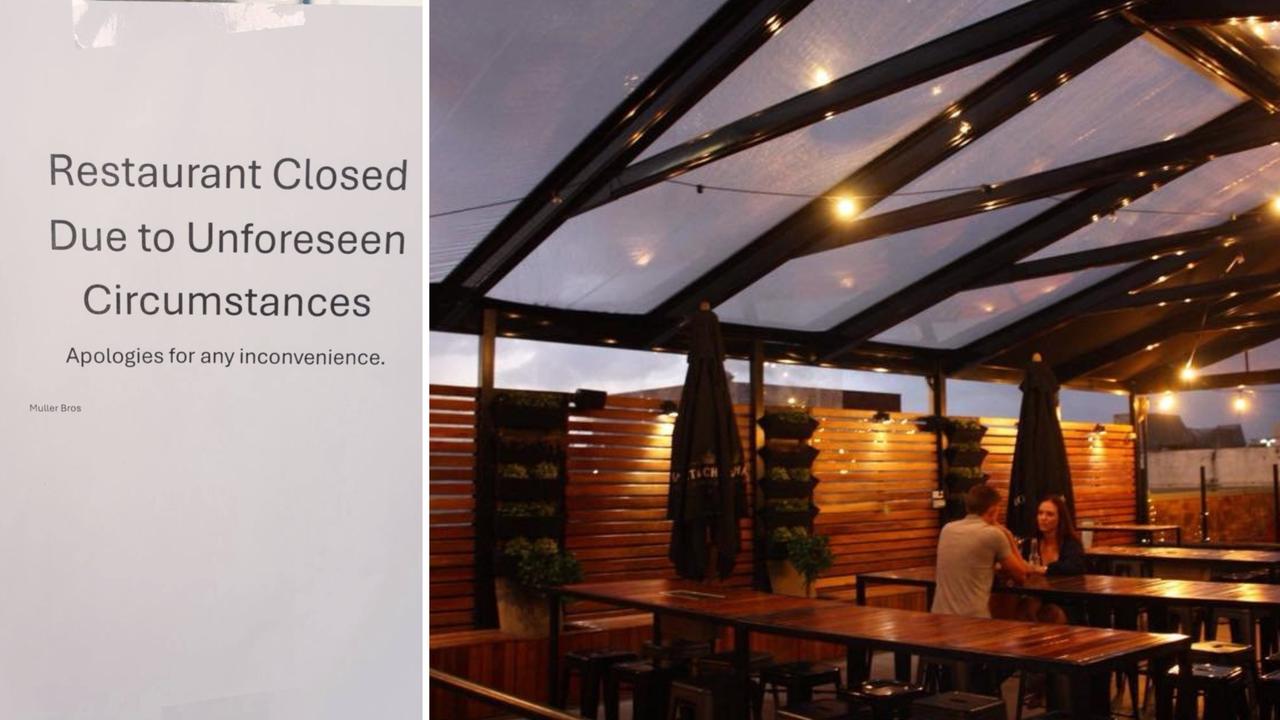How the Coast will move its 550,000 future residents
EXTRA 200,000 residents coming means window to establish adequate transport network is open now.

Business
Don't miss out on the headlines from Business. Followed categories will be added to My News.
IT'S the question facing our community now and into the future.
How do we get around?
With an extra 200,000 people set to move to the Sunshine Coast over the next quarter of a century and a long-suffering Bruce Hwy already struggling to service the community, the window for securing adequate transport infrastructure for 550,000 future Coasters is now open.
Recent Federal Government investment has been made to upgrade the Bruce Hwy and a number of major intersections along the state's arterial road, while heavy rail duplication plans are languishing in the queue of a State Government business case pipeline of projects requiring funding.
At a local level, the Sunshine Coast Council is pressing on with its business case, set to take another 12 months to complete, assessing how best to establish a light rail network servicing the region's coastal spine.
The council is aiming for delivery of light rail to the region by 2025, provided it can secure approvals and external funding.
The recent SEQ Regional Plan recognised the need for a passenger transport corridor from Maroochydore to Caloundra and on to Beerwah, while a council spokesman said
The recently released SEQ Regional Plan acknowledged the need for a passenger transport trunk corridor from Maroochydore to Caloundra and on to Beerwah.
Council is working towards the delivery of light rail on the Sunshine Coast by 2025, subject to approval and external funding.
In its 'Line in the Sand' light rail taskforce report summary identified construction cost estimates for the first corridor ranging from $1.5 billion to more than $3.5 billion, with the costs to be covered by all three levels of government, with possible private sector funding as well.
The council's Transport Levy will raise about $5.7 million this year, taking the Transport Futures Fund to about $9 million in total.
University of Queensland's planner in residence Warren Rowe spent 18 years with the Gold Coast City Council and played a key role in securing the light rail network and sourcing its funding.
He said there was no reason not to advocate for investment in all forms of public transport, but if he had a choice, admittedly with some bias, he'd opt to create a light rail network servicing the Coast, ahead of heavy rail duplication.
"Light rail, it's a great people mover, it has a really distinct advantage in terms of being able to move a significant number of people really rapidly," Mr Rowe said.
He said the advantage of light rail was it serviced a large portion of the community, and took cars off roads, as opposed to simply bringing more people to and from the region as heavy rail would.
About 10-12 years in the making, he said the Gold Coast network had proven a success, and he believed if the Sunshine Coast could secure funding, it could be even better positioned than the Gold Coast was in terms of establishing the network, as our region is less developed than the Gold Coast was.
"In some respects the Sunshine Coast is quite a bit ahead of the Gold Coast," he said.
Mr Rowe said connecting high-activity centres, like the new Maroochydore CBD, the new hospital at Birtinya and eventually the University of the Sunshine Coast was also crucial to the network's success.
But he said light rail alone would not solve all issues. Integration with buses, road investment and heavy rail was the ideal situation.
Originally published as How the Coast will move its 550,000 future residents






